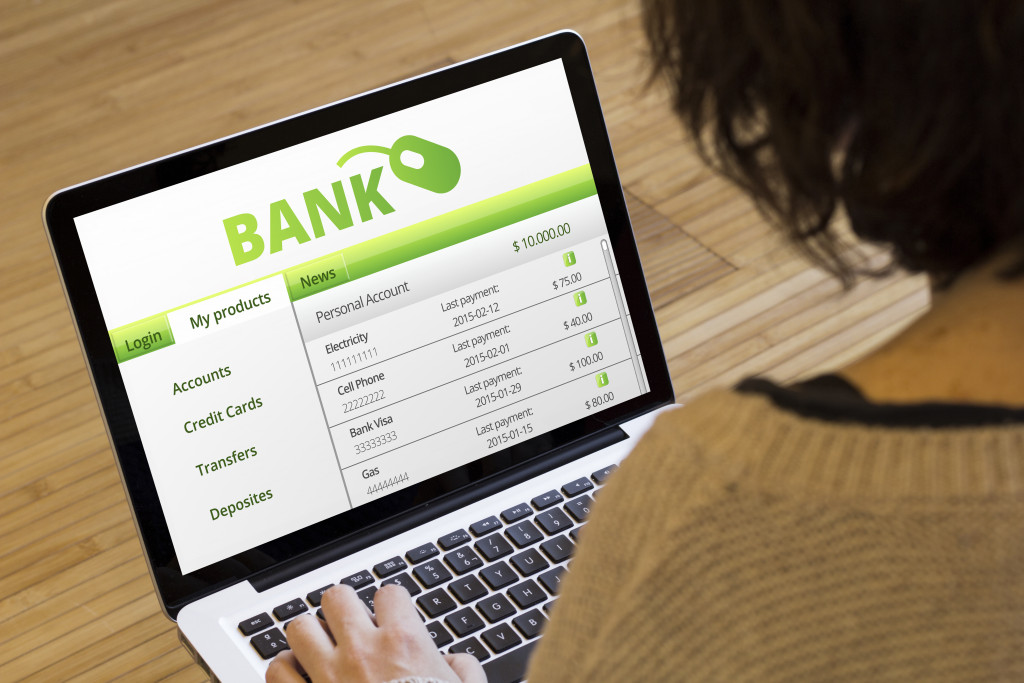- Technology has become integral to banking, providing banks with many benefits like improved customer satisfaction.
- Banking technology also offers advantages to customers, including greater convenience and 24/7 access to funds.
- Banks use various technologies to manage their customers’ financial transactions, including digital analytics, ATMs, etc.
- Banks stay competitive by utilizing various cutting-edge technologies and offering customers a more efficient and secure experience.
Technology has become integral to people’s lives in this digital age. It has changed the way we communicate, shop, and even bank. Over the years, banks have adopted various technologies to provide customers with a better banking experience.
From mobile banking apps to contactless payment systems, today’s banks utilize various cutting-edge technologies to stay ahead of the competition and offer their customers a more efficient and secure banking experience. Let’s take a look at some of the technologies that banks are using today.
The Advantages of Banking Technology for Banks
Banking technology provides many benefits for banks, from reducing operational costs to increasing customer satisfaction. Automated transactions are faster and more efficient than manual transactions, which helps banks save money on labor costs while ensuring accuracy in the transaction process.
With more customers turning to mobile banking services, banks can provide their customers with greater convenience and 24/7 access to their funds. This is especially beneficial during times of high demand or when branches are closed due to pandemics or other restrictions. Furthermore, modern banking technology offers improved security measures such as two-factor authentication and fraud detection algorithms that help keep customer data safe from cyber criminals.
The Advantages of Banking Technology for Customers

Banking technology also comes with many advantages for customers. For example, they can now manage their finances anytime, anywhere — no matter where they live or work — with just a few taps on their smartphone or tablet. This makes it easier for them to stay on top of their finances and make informed decisions about spending patterns and budgeting goals.
The use of digital payment methods has made it much simpler for people to pay bills online or send money electronically—eliminating the need for paper checks or trips to the bank in person. Finally, advances in artificial intelligence (AI) means that customers can now receive personalized advice from virtual assistants that understand their financial history and offer tailored recommendations based on this information.
Banking Technologies
Banks use a variety of technologies to manage their customers’ financial transactions. Some of the more common ones include:
Digital Analytics
Digital analytics technology helps banks better understand customer behavior and identify improvement opportunities. Banks can use this data to develop personalized services, target marketing campaigns more effectively, and optimize customer service strategies. However, finding the right people to perform quantitative analysis can be a challenge.
A bank can consult a specialist quantitative analyst recruiter to source the right talent and ensure their analytical efforts succeed. They should also strive to keep up with the latest technological trends and implement innovative solutions that deliver tangible results.
ATMs (Automated Teller Machines)
ATMs have been around for decades but are still one of the most popular technologies banks use today. ATMs allow customers to make deposits or withdrawals from their bank accounts without visiting a physical branch. This saves time and makes it easier for customers to access their money on schedule.
Mobile Banking Apps
Mobile banking apps have revolutionized the way people manage their finances. With mobile banking apps, customers can quickly check balances, transfer money between accounts, pay bills, and much more from their smartphones or tablets.
Mobile banking apps also provide advanced security features such as two-factor authentication and biometric verification, making them much more secure than traditional online banking websites.
Contactless Payment Systems

Contactless payment systems allow customers to make payments without having to carry cash or cards with them. These systems use near-field communication (NFC) technology, allowing users to simply tap their cards or phones on a reader to pay for goods or services quickly and securely.
Moreover, contactless payment systems have the advantage of being faster than traditional payments, as customers don’t have to wait for approval or enter lengthy PIN codes.
The Bottom Line
Banks constantly look for new ways to improve the customer experience while staying competitive in an ever-evolving market. Banks can remain competitive by utilizing various cutting-edge technologies such as ATMs, mobile banking apps, contactless payment systems, and robotic process automation (RPA) while providing customers with an efficient and secure experience whenever they do business with them. As these technologies continue to advance, we can expect even more amazing things from our financial institutions in the future!
